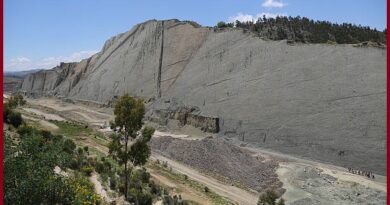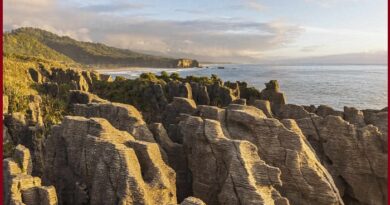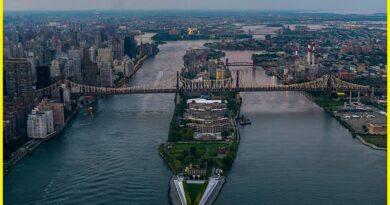Secrets To Getting Eifel Volcanic Field Germany
Eifel Volcanic Field
The Volcanic Eifel or Vulkan Eifel is a region in the Eifel Mountains in Germany that is known for its large volcanic field. Volcanic fields have their typical explosion crater lakes or maars, and numerous other signs of volcanic activity such as volcanic tuffs, lava streams and volcanic craters. The Volcanic Eifel is still volcanically active and a sign of this activity is the escaping gases in the Laacher See.
The Eifel volcanic field in Germany is near the border with Belgium and is part of the larger West Eifel volcanic field, which includes volcanic activity that occurred over the past 45 million years. The most recent eruption occurred about 10,000 years ago and produced the Ulmener Maar, a crater lake that is now a popular tourist destination.

The volcanic activity in the Eifel region is the result of the interaction between the African and European tectonic plates. As the plates move, magma from the Earth’s mantle rises to the surface, leading to volcanic eruptions. Today, the Eifel volcanic area Germany is closely monitored by scientists who study its geology and potential for future volcanic activity.
Geographical location
The Volcanic Eifel stretches from the Rhine to the Wittlich Depression. It is bordered in the west by Luxembourg and Belgian Ardennes and in the north by the North Eifel including the Hohes Venn. The Volcanic Eifel is divided into three natural regions-
- West Volcanic Eifel
- East Volcanic Eifel
The centre of the Volcanic Eifel is the region around Daun and Manderscheid and the areas within the Mayen-Koblenz district. The landscape of the Volcanic Eifel is dominated by recent volcanism. Volcanic craters, thick pumice and basalt layers and maars create a diverse landscape that clearly witnesses to very recent events in geological terms.
Activity at the East Eifel volcanic area began about 0.65-0.45 million years ago with the formation of scoria cones, lava flows and tephra deposits. The latest eruption, at the Laacher See maar, took place about 12,900 years ago.
Also read- Bavaria Germany, A Pristine countryside in Alps Mountains
West Eifel volcanic field
The West Eifel volcanic field is part of the larger Eifel volcanic area, which includes several other smaller volcanic fields in the region.The West Eifel volcanic field covers an area of about 1,500 square kilometers and is characterized by a wide range of volcanic features, including maar lakes, tuff cones, and lava flows. The volcanic activity in the region dates back to the Paleogene period, around 45 million years ago, and continued intermittently until the Holocene epoch, which ended about 11,700 years ago.

East Eifel volcanic field
The East Eifel volcanic field is a smaller volcanic region near the border with Luxembourg. It is part of the larger Eifel volcanic area. The East Eifel volcanic field covers an area of about 100 square kilometers. The East Eifel volcanic field is situated on the opposite side of the Rhine river from the West Eifel volcanic field.
The risk of a major eruption in the East Eifel volcanic area is considered low, and the area is not currently considered to be a significant volcanic hazard. However, ongoing monitoring of the area helps to improve our understanding of Earth’s dynamic geology and to ensure public safety in the event of any future volcanic activity.
Vulkanland Eifel National Geopark
The Vulkanland Eifel National Geopark is a geopark located in the Eifel region of western Germany. It was established in 2004 and covers an area of about 2,000 square kilometers, including parts of the West Eifel volcanic field and the East Eifel volcanic field.
The geopark is named after the volcanic activity that shaped the landscape of the Eifel region. The word “Vulkanland” means “volcano country” in German, and the park is home to a wide variety of volcanic features, including maar lakes, cinder cones, and lava flows.
The geopark offers a wide range of activities for visitors, including hiking, biking, and guided tours of the park’s geological features. The park also includes several visitor centers, museums, and educational facilities, where visitors can learn more about the geology and history of the Eifel region.

Volcano Museum, Daun
The Volcano Museum, located in the town of Daun in the Eifel region of Germany, is a museum dedicated to the geology and history of the region’s volcanic activity. The museum was established in 1987 and is situated in a former school building.
The museum’s exhibits cover a wide range of topics related to the Eifel’s geological history, including the formation of the region’s volcanic features, the impact of volcanic activity on the landscape, and the cultural and economic significance of the region’s volcanic history.
Visitors to the museum can explore a variety of interactive exhibits, including displays of volcanic rocks, models of volcanic features such as maar lakes and cinder cones, and multimedia presentations that explain the geology and history of the Eifel region. The Volcano Museum in Daun is an important educational and cultural resource for visitors to the Eifel region.



